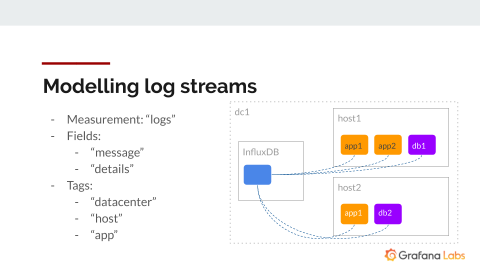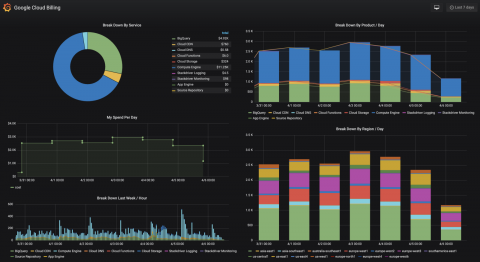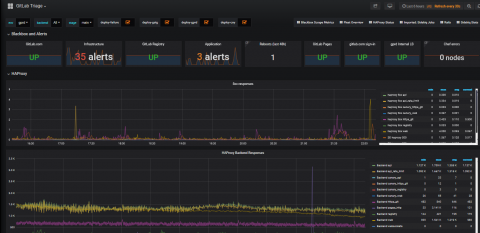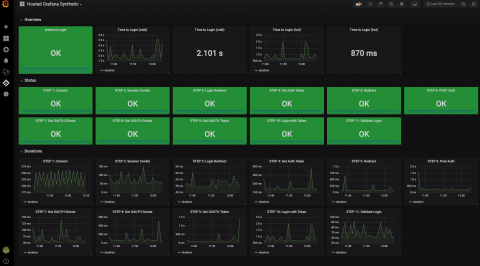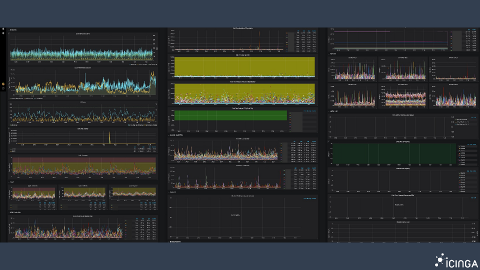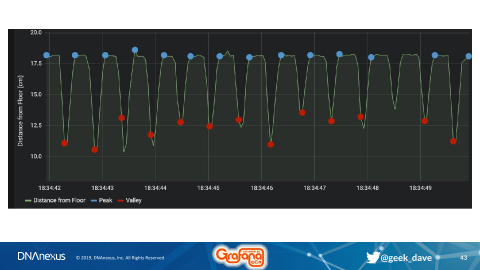How to Mix Metrics and Logs with Grafana and Influx
It’s time to stop thinking of Grafana as a general dashboarding tool. “Grafana Labs is on a journey to becoming a developer’s observability platform to support your classic DevOps use cases,” said Grafana Labs’ Director of UX, David Kaltschmidt, at a recent talk given at the 2019 InfluxDays Conference in London.


